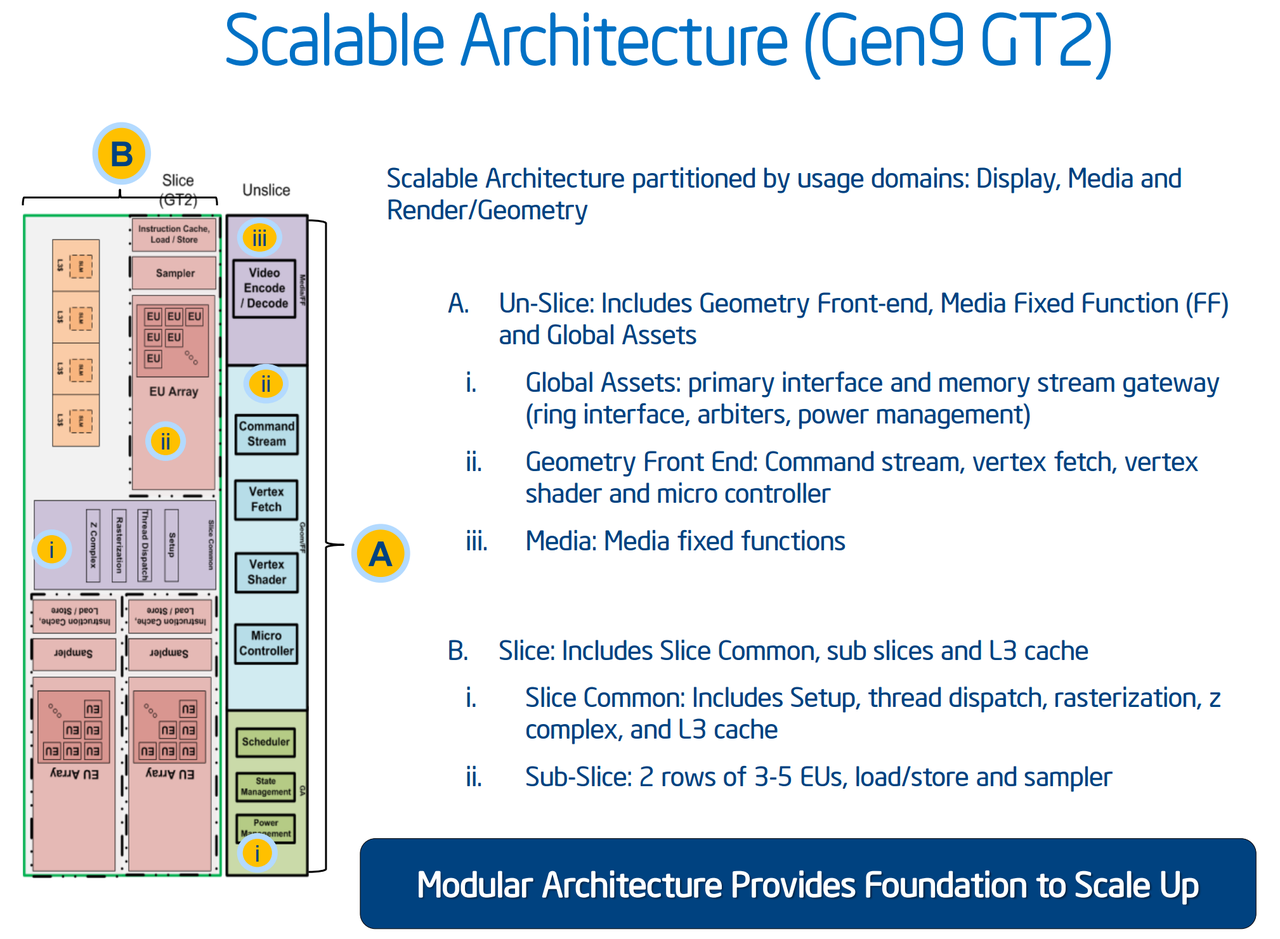(AlEdit: img src: http://www.anandtech.com/show/9483/intel-skylake-review-6700k-6600k-ddr4-ddr3-ipc-6th-generation/4)

Intel just launched the first two Skylake SKUs i5-6600k and i7-6700k. No Gen9 details from Intel available at the moment, probably at IDF. There are many reviews, here some of them.
http://www.anandtech.com/show/9483/intel-skylake-review-6700k-6600k-ddr4-ddr3-ipc-6th-generation/
http://www.tomshardware.com/reviews/skylake-intel-core-i7-6700k-core-i5-6600k,4252-9.html
http://nl.hardware.info/reviews/622...getest-benchmarks-igpu-crysis-3-1920x1080-low
http://www.pcgameshardware.de/Core-...ylake-Test-Core-i7-6700K-i5-6600K-1166741/#a3
http://www.pcper.com/reviews/Proces...irst-Enthusiasts/Integrated-Graphics-Performa
http://www.pcworld.com/article/2955...esents-for-gamers-and-enthusiasts.html?page=4
http://www.hardware.fr/articles/940-7/hd-graphics-530-pratique-jeux.html
2xMSAA in hardware definitely works since Gen8, a big difference can be seen in HL2 at Tomshardware. Also Gen9 seems to support Feature Level 12_1.

Intel just launched the first two Skylake SKUs i5-6600k and i7-6700k. No Gen9 details from Intel available at the moment, probably at IDF. There are many reviews, here some of them.
http://www.anandtech.com/show/9483/intel-skylake-review-6700k-6600k-ddr4-ddr3-ipc-6th-generation/
http://www.tomshardware.com/reviews/skylake-intel-core-i7-6700k-core-i5-6600k,4252-9.html
http://nl.hardware.info/reviews/622...getest-benchmarks-igpu-crysis-3-1920x1080-low
http://www.pcgameshardware.de/Core-...ylake-Test-Core-i7-6700K-i5-6600K-1166741/#a3
http://www.pcper.com/reviews/Proces...irst-Enthusiasts/Integrated-Graphics-Performa
http://www.pcworld.com/article/2955...esents-for-gamers-and-enthusiasts.html?page=4
http://www.hardware.fr/articles/940-7/hd-graphics-530-pratique-jeux.html
2xMSAA in hardware definitely works since Gen8, a big difference can be seen in HL2 at Tomshardware. Also Gen9 seems to support Feature Level 12_1.
Last edited by a moderator:
